OneWeb to resume launches in fourth quarter
Thursday, 23 June 2022 21:08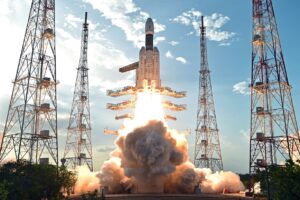
OneWeb, the broadband megaconstellation company whose launch plans were disrupted by Russia’s invasion of Ukraine, expects to resume launches late this year, an executive said June 23.
The post OneWeb to resume launches in fourth quarter appeared first on SpaceNews.
Mars Reconnaissance Orbiter releasing one of its last rainbow-colored maps
Thursday, 23 June 2022 19:43
Scientists are about to get a new look at Mars, thanks to a multicolored 5.6-gigapixel map. Covering 86% of the Red Planet's surface, the map reveals the distribution of dozens of key minerals. By looking at mineral distribution, scientists can better understand Mars' watery past and can prioritize which regions need to be studied in more depth.
The first portions of this map were released by NASA's Planetary Data System. Over the next six months, more will be released, completing one of the most detailed surveys of the Martian surface ever made.
NASA wraps up moon rocket test; to set launch date after fix
Thursday, 23 June 2022 18:39
NASA said Thursday it has finished testing its huge moon rocket and will move it back to the launch pad in late August.
A date for the first flight will be set after a leak that popped up during a dress rehearsal is fixed, the space agency said.
SatixFy names CEO to lead its public company transformation
Thursday, 23 June 2022 17:47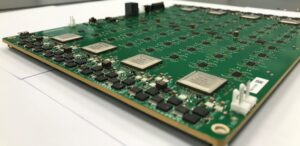
SatixFy named David Ripstein as CEO June 23 to lead the satcoms equipment maker’s planned transformation into a public company.
The post SatixFy names CEO to lead its public company transformation appeared first on SpaceNews.
Hughes and OneWeb deploy high-speed internet for U.S. military at remote Arctic base
Thursday, 23 June 2022 17:46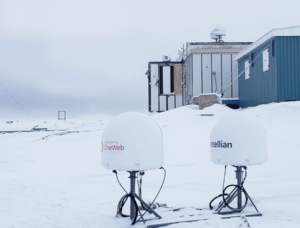
A Hughes-OneWeb prototype network at Thule, Greenland, is fast enough to enable video conferencing, streaming video and interactive games.
The post Hughes and OneWeb deploy high-speed internet for U.S. military at remote Arctic base appeared first on SpaceNews.
Op-ed | There’s no perfect Space Traffic Management framework
Thursday, 23 June 2022 14:56
Space traffic management should be about mitigating risk, not eliminating it.
The post Op-ed | There’s no perfect Space Traffic Management framework appeared first on SpaceNews.
First Ariane 5 flight of 2022 launches two satellites for Asia-Pacific
Thursday, 23 June 2022 14:03
Arianespace launched a pair of satellites aiming to improve broadband coverage in the Asia-Pacific region June 22 on the Ariane 5 rocket’s first flight of the year.
The post First Ariane 5 flight of 2022 launches two satellites for Asia-Pacific appeared first on SpaceNews.
Lunar science stirring on Mount Etna
Thursday, 23 June 2022 13:38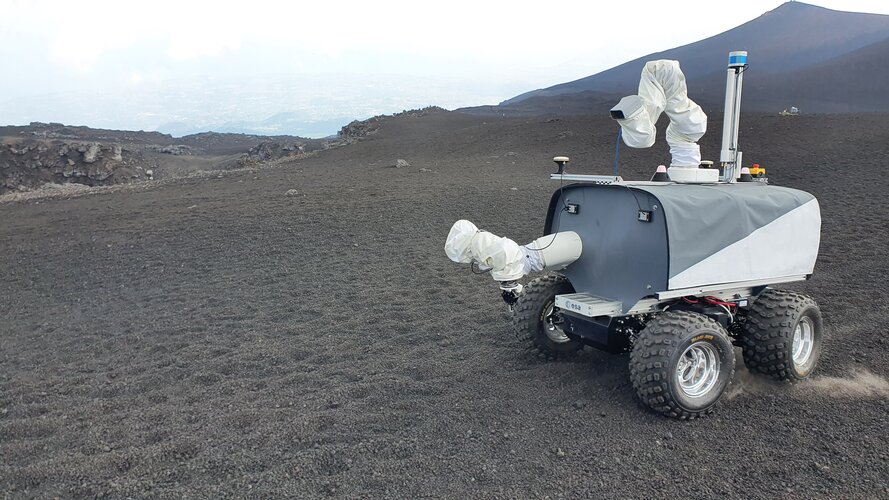 Image:
Lunar science stirring on Mount Etna
Image:
Lunar science stirring on Mount Etna On National Security | DoD’s buying habits a continuing source of frustration
Thursday, 23 June 2022 13:00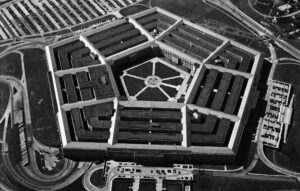
Over the course of just six months, three senior defense officials responsible for technology programs announced they were stepping down, voicing disappointment in a culture they view as an impediment to innovation.
BepiColombo surveys Mercury’s rich geology
Thursday, 23 June 2022 13:00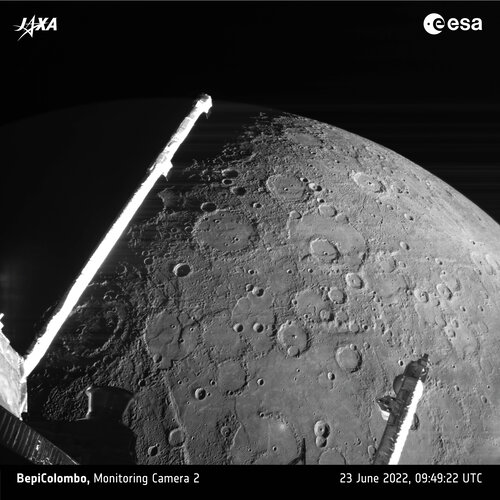 Image:
BepiColombo surveys Mercury’s rich geology
Image:
BepiColombo surveys Mercury’s rich geology Australia just flew its own 'vomit comet'. It's a big deal for zero-gravity space research
Thursday, 23 June 2022 12:30
Last Saturday, a two-seater SIAI-Marchetti S.211 jet took off from Essendon Fields Airport in Melbourne with an expert aerobatic pilot at the controls and a case full of scientific experiments in the passenger seat.
Pilot Steve Gale took the jet on Australia's first commercial "parabolic flight", in which the plane flies along the path of a freely falling object, creating a short period of weightlessness for everyone and everything inside.
Parabolic flights are often a test run for the zero-gravity conditions of space. This one was operated by Australian space company Beings Systems, which plans to run regular commercial flights in coming years.
As Australia's space program begins to take off, flights like these will be in high demand.
What was on the plane?
The experiments aboard the flight were small packages developed by space science students at RMIT University.
Microsoft, Xplore and NOAA demonstrate cloud-based satellite operations
Thursday, 23 June 2022 12:00
Over the last year, Microsoft and Xplore worked with the National Oceanic and Atmospheric Administration to show how commercial services could support operations of polar-orbiting weather satellites.
The post Microsoft, Xplore and NOAA demonstrate cloud-based satellite operations appeared first on SpaceNews.
Methane levels surged in 2020 despite lockdowns
Thursday, 23 June 2022 11:45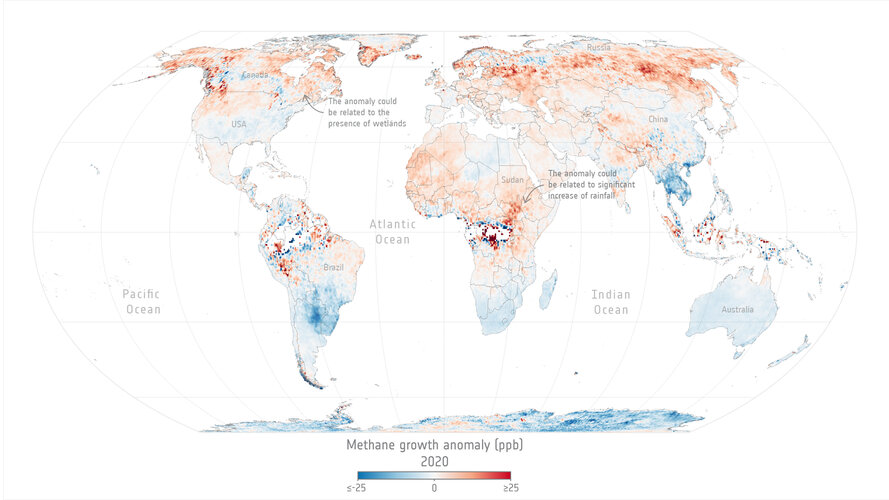
Levels of methane, the second most important greenhouse gas in our atmosphere, continued their unrelenting rise in 2020 despite the economic slowdown caused by the COVID-19 pandemic.
A team of scientists, from the University of Leeds, have used data from the Copernicus Sentinel-5P satellite to pinpoint locations with large surges of methane emissions. These findings were presented during ESA’s Living Planet Symposium which took place last month in Bonn, Germany.
Office of Space Commerce on a “listening tour” for civil space traffic management
Thursday, 23 June 2022 11:00
The new head of the Office of Space Commerce says he’s talking with industry on how his office can best take over civil space traffic management while also potentially taking on more regulatory responsibilities.
A modern space race needs to be built on sustainability
Thursday, 23 June 2022 10:29 Researchers have called for a more sustainable approach to the UK's National Space Strategy in a new publication from The University of Manchester, On Space.
Based on leading research and expertise on innovative and emerging technologies, experts are calling for sustainability to be at the forefront of humanity's next phase of space exploration. In On Space, experts ask policymakers to con
Researchers have called for a more sustainable approach to the UK's National Space Strategy in a new publication from The University of Manchester, On Space.
Based on leading research and expertise on innovative and emerging technologies, experts are calling for sustainability to be at the forefront of humanity's next phase of space exploration. In On Space, experts ask policymakers to con 
